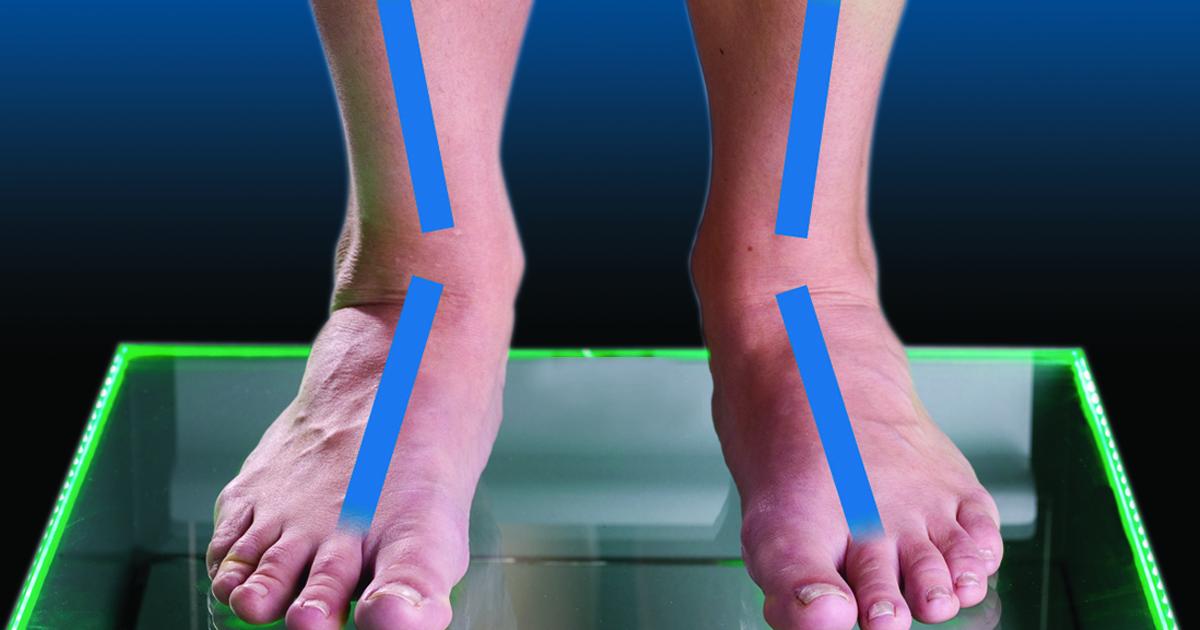Common Causes And Risk Factors Of A Heel Spur
Gait Abnormalities

There are a variety of gait abnormalities that can cause heel spurs to develop. Oftentimes, individuals learning they have a gait abnormality is half the battle. Physical therapy and specialized footwear can often help to correct gait abnormalities. As individuals walk, there's a certain way of moving their feet and distributing their weight that reduces strain on their feet. Those who have an abnormal gait could be placing more stress on their heel bone, the nerves around the heel, and the ligaments throughout their feet. Even if individuals haven't developed a heel spur, the increased stress on their nerves can cause intense heel pain. Eight types of gait abnormalities can be caused by neurological issues. A neuropathic gait occurs when nerve damage causes individuals not to lift their feet entirely off the ground as they walk. A Parkinsonian gait occurs when the legs are unusually rigid and the steps are small.